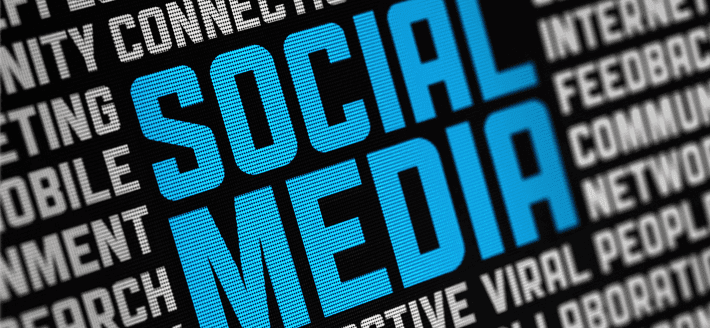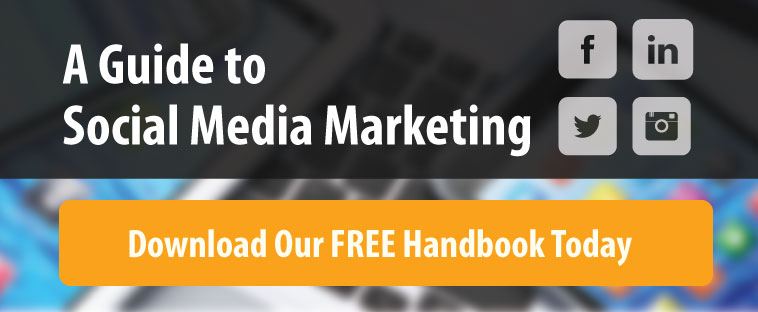What seems like a staple in our society now, was just a few years ago, an unseen, new form of communication technology that had been the topic of many speculative discussions; social media & social networking. To understand how and why it’s progressed, you must understand exactly what it is. Social media, simply put, is a conversation online.
Look who is talking:
your customers your donors your fans your volunteers your employees your competition your investors your critics … and anyone else with internet access and an opinion Social media is not a controlled or organized conversation; it is organic, original and extremely complex. Social media is powered by social networks, news, blogs, photo and video, message boards, Wikipedia pages and podcasts. This list is ever changing and growing.
Social media has the power to control and define a brand.
But how did it get this way? How did this new age technology gain such credibility just short of a decade after it began? The first major mark in computer communication was in 1971, when the very first email was sent between two computers, in the same room, less than a meter a part (wow things have changed). 2002: First social networking site, Friendster launched 2004: MySpace, Flickr, Facebook, Yelp and Digg launched. 2005: YouTube launches while Facebook makes leaps and bounds to expand past universities into high schools and later in the year, international. 2006: MySpace becomes the number 1 social media site. Twitter launches and Google purchases YouTube. 2007: The first version of the iPhone was released. 2008: MySpace’s #1 slot was taken over by Facebook, which now expanded to everyone – not just students. 2009: Twitter becomes the number 3 social media site behind Facebook and MySpace. Foursquare is released. 2010: Facebook reaches 500 million users. What began as a way to connect individuals has become a strategic marketing tool that is available in each phase of promotion: research, strategic planning, implementation and evaluation. The rules of engagement have altered the way business listen and talk to their consumer – and the listening part is key; if you are always talking, you have not the ability to listen and adapt to your audience. By monitoring online conversations about your brand, industry, product or service, the opportunity to strengthen development, loyalty, customer relations and product awareness increases exponentially, while your base line continues to increase.


